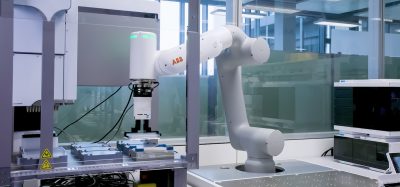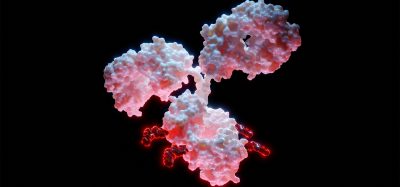Expert view: Analytical power tool opens upstream bioprocessing bottlenecks for better antibody screening
Posted: 8 September 2020 | Hongshan Li (Marketing Applications Manager at FortéBio) | No comments yet
The Octet® systems provide broad applications in high throughput to help bispecific and multi-specific antibody discovery.
Bio-layer interferometry (BLI) has shown practicality and effectiveness in monitoring antibody-antigen interactions, as binding events are monitored directly in real-time and label-free. The use of this microfluidic-free technology has increased rapidly in the past decade and this trend is predicted to continue as the technology continues to gain widespread acceptance and diversifies its application base, for example, with the characterisation of bispecific antibodies.
Discovered in the 1960s, the first article describing the therapeutic use of bispecific antibodies was published in 1992 and numerous publications have followed. Bispecific antibodies, containing two different antigen binding sites in one molecule, offer a clinically validated platform for drug discovery. However, there are several challenges in their development, such as significant immunogenicity caused by novel epitopes. In April 2019, the US Food and Drug Administration (FDA) published a guidance document for “Bispecific Antibody Development Programs”. It is suggested that “quality attributes such as antigen specificity, affinity and on- and off-rates, avidity, potency, process-related impurities, stability and half-life may affect pharmacology and should be studied.” The Octet platforms provide broad applications to support these requirements.
Molecular interaction information, such as kinetic rate constants, affinity binding constants and specific molecule quantitation, can all be monitored with BLI. For instance, one arm of the bispecific antibody can be captured by an antigen on the biosensor while the second arm binds to the second antigen. The bispecific antibody then has augmented neutralising abilities because it recognises two different sites of the target. Such information is necessary for biophysical characterisation of bispecific or multi-specific antibodies developed for the enhancement of dual or multi-targeting specificity. Automated, highthroughput screening utilising BLI has been successfully used in early selection and optimisation of hybridoma cell lines. Furthermore, the potential of simultaneous detection of several antigens in crude samples makes it a powerful tool for bispecific antibody research.
Related topics
Antibodies, High-Throughput Screening (HTS), Microfluidic Technology, Screening
Related organisations
ForteBio








